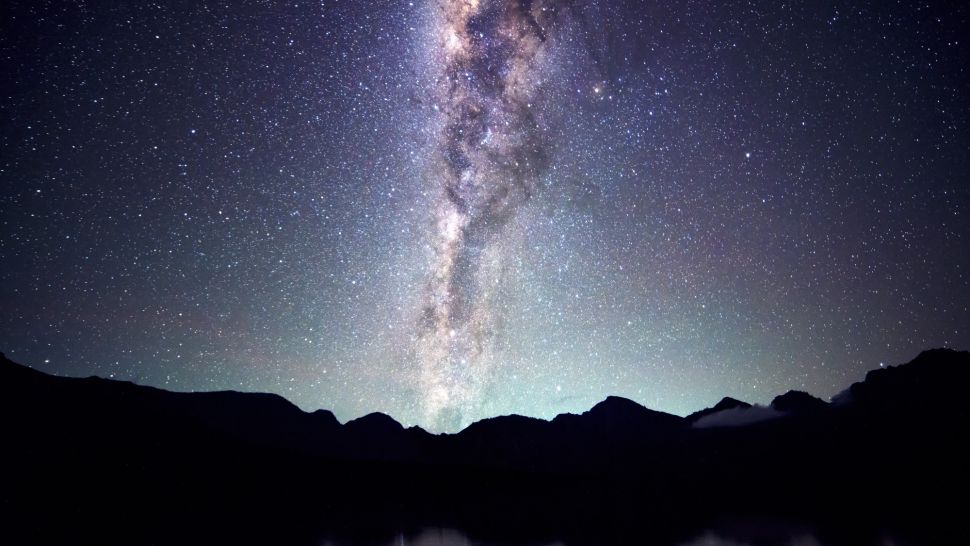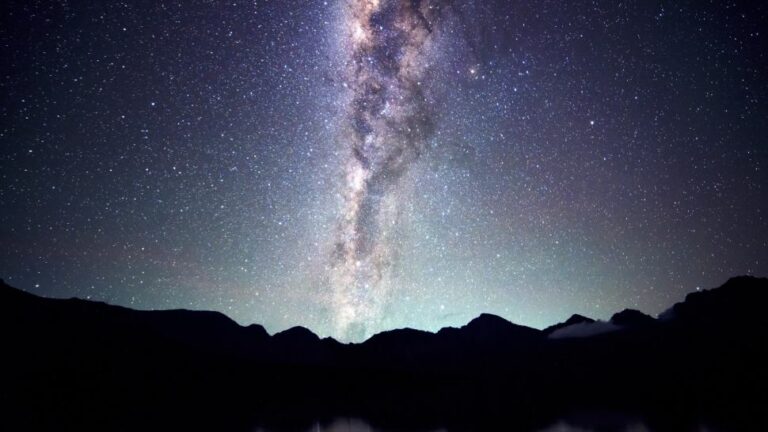Using the Gaia probe, a mysterious “ancient heart” of the Milky Way was found.
The protogalaxy is a collection of ancient stars from which the rest of the Milky Way grew
Astrophysicists looking into the Milky Way’s beginnings may have found the “old heart” of our galaxy, the original, prehistoric core around which all of its stars and planets evolved.
The Milky Way protogalaxy, which is more than 12.5 billion years old and is composed of primordial gas and dust that formed the earliest stars of a newborn galaxy, has a cluster of 18,000 of our galaxy’s oldest stars. These stars are found in the constellation Sagittarius. The group, which makes up an estimated 0.2% of our galaxy’s total mass, is the nucleus around which the whole Milky Way eventually developed, the researchers discovered. The research findings were posted on the preprint service arXiv on September 8 but have not yet undergone peer review.

The European Space Agency’s (ESA) Gaia observatory, a 3594-pound (1,630 kilograms) probe launched in 2013 with the aim of producing the most precise and detailed picture of the Milky Way, provided the data the scientists used to find the primordial collection of stars.
“On the basis of theory and simulations, it has long been assumed that a galaxy’s central region contains its oldest stars. We have now demonstrated that they are many, “Hans-Walter Rix, an astronomer from the Max Planck Institute for Astronomy in Heidelberg, Germany, told Live Science that he was the study’s primary author. “It resembles archeology in an ancient city. We’ve demonstrated that the’modern’ city core is home to the earliest and most basic ruins.”
The most congested area of our galaxy, its center bulge, was initially searched for the tiny fraction of stars that were nearly the same age as the Milky Way’s approximately 13 billion-year-old core.
The researchers combined data from Gaia on 2 million stars that are within 30 degrees of the galactic center, seeking for lower-mass, longer-lived stars with low metal content in order to extract this little group like a needle from a haystack. The universe was considerably younger when the stars that fit this description were born, and it did not yet contain heavy elements that had been dispersed by supernova explosions.
The Milky Way’s metal-poor stars may possibly have originated from tiny dwarf galaxies that collided and merged with our galaxy during its lifetime, thus this is only one side of the story. The scientists were able to distinguish between the stars that comprise the old heart and the stars that originated in a dwarf galaxy by looking at these stars’ trajectories through space and keeping only those that didn’t veer out into the metal-poor areas of the galaxy.
The skeleton of the initial population of stars, which the researchers estimate to be between 50 million and 200 million times as massive as our sun, was left behind as a result. According to the researchers, the surviving stars are typically around 1.5 times lighter than the sun because bigger stars die more quickly than smaller ones do.
Once formed, these stars account for around half of the total stellar mass, according to Rix. So far, just roughly half of the protogalaxy’s stars have survived.
Two things came to light during the researchers’ analysis of the Milky Way’s now-exposed ancient heart. First off, the fact that older stars revolve less slowly than younger stars at the galactic center supports earlier discoveries that the Milky Way’s core was initially motionless before building up rotational speed as the galaxy’s center of mass evolved.
Second, the dense clustering of stars in the Milky Way’s center suggests that, despite numerous mergers with smaller galaxies, its core has not been invaded by collisions with other galaxies.
The Milky Way has never been drastically shaken, according to Rix. Our galaxy has led a quiet existence.
The researchers are hoping that further research on the ancient heart will reveal even more information about the early history of our galaxy, including the kinds of supernova explosions that must have taken place at that time in order to produce the proportions of the earliest chemical elements we see today.
Source:SpaceCom
Do not forget to share your opinion with us to provide you with the best posts !




0 Comments